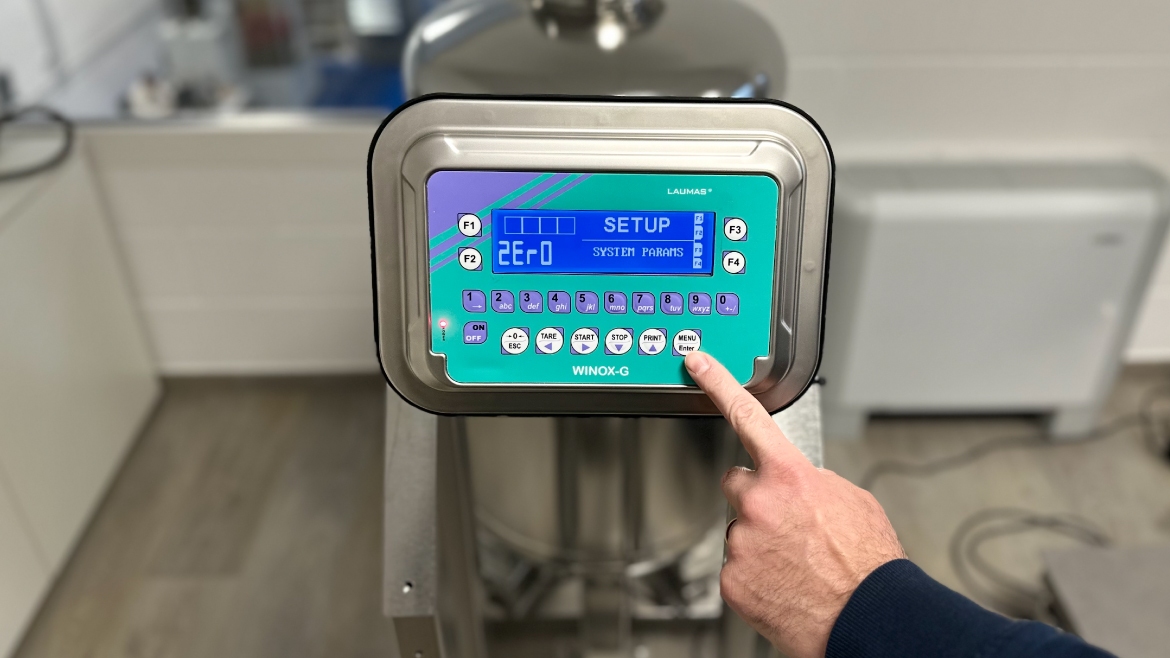Calibrating weighing systems: the different types of zero-setting
The 4 types of zeroing to be performed on LAUMAS weighing instruments and under which circumstances to use them.

In order to correctly measure the weight value and obtain an accurate result, it is essential for the weighing system to be correctly zero set.
With LAUMAS instruments, 4 types of zero-setting can be performed, to be used depending on the circumstances.
It is not always straightforward to recognize which one to use, especially during automatic processes controlled by a PC or PLC.
So let's look at the different types of zero-setting and in what situation they are most appropriate.
The specific procedures for performing each zero-setting are described in each instrument manual.
Types of zero-setting:
1. Zero-setting the tare
2. Semi-automatic zero
3. Semi-automatic tare
4. Preset tare
Zero-setting the tare (calibration zero)
This is the procedure to be carried out when the system is put into service.
It enables zero setting the weight value of the non-removable tare, i.e. the load receptor in the weighing system (silos, hopper, weighing belt, platform, etc.).
If the procedure is performed correctly, it does not need to be repeated.
Semi-automatic zero
This enables zero setting the weight when the value that deviates from 0 is very small.
This is useful, for example, in situations where there is no load on the system, but the display still shows a non-zero weight value.
On most LAUMAS instruments this type of zero-setting is kept in memory, while on others it is lost at switch-off.
Semi-automatic tare
It is also called the NET/GROSS function and allows the partial zero-setting of the weight to be performed several times in sequence.
It is very useful, for example,
- to carry out manual or semi-automatic batching when loading multiple products into a single container and the intention is to start at zero each time a new one is added;
- to zero set the weight of a container, for example in a sale by weight where you only pay for the actual product content.
While reading the net weight, it is also possible to temporarily display the gross weight, so that both measurements can be monitored during the operation.
This zero-setting should be performed every time, since it is lost when the instrument is switched off.
Preset tare
This allows entering a known tare value manually, which is subtracted from the weight value shown by the indicator.
This value is stored in the instrument's memory throughout the weighing cycle until it is switched off.
It is very useful for weighing products already placed on the same structure of which we know the weight, such as pallets.
Starting from the measurement of the gross weight value (pallet + material to be weighed), it is possible to obtain the net weight of the material on the pallet.
After entering the known weight of the pallet in the system (preset tare), it will then be possible to know the weight of the product with certainty.




